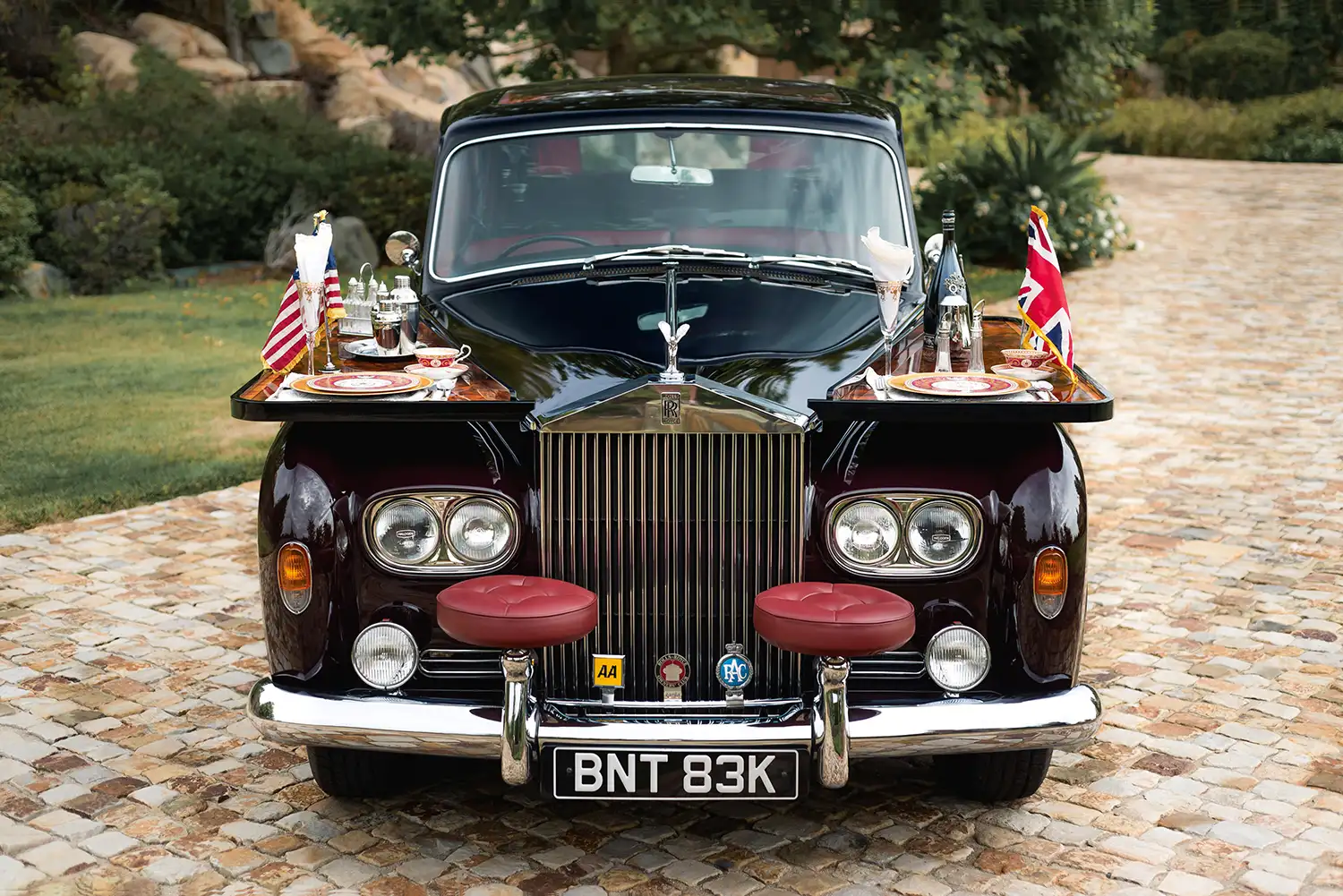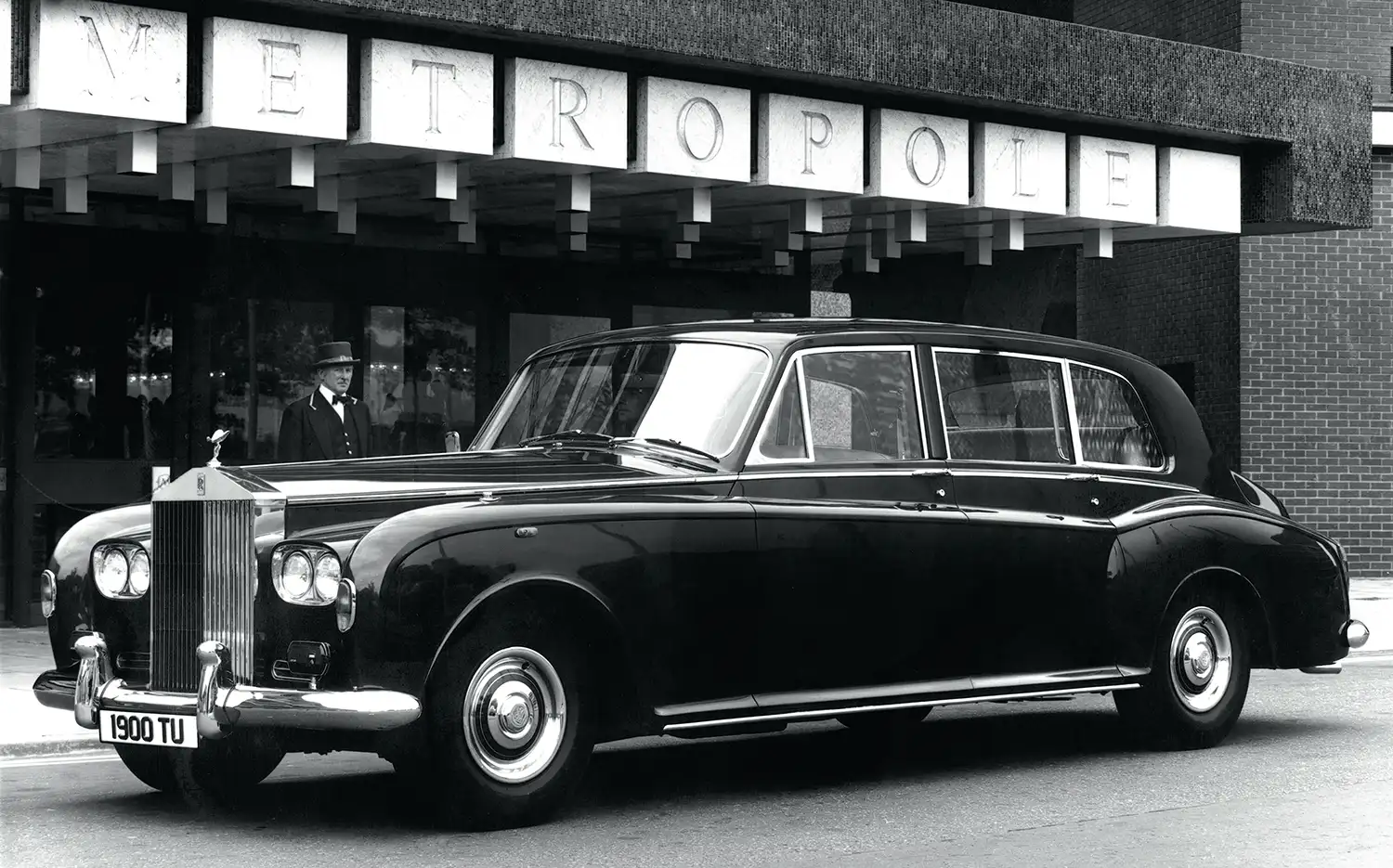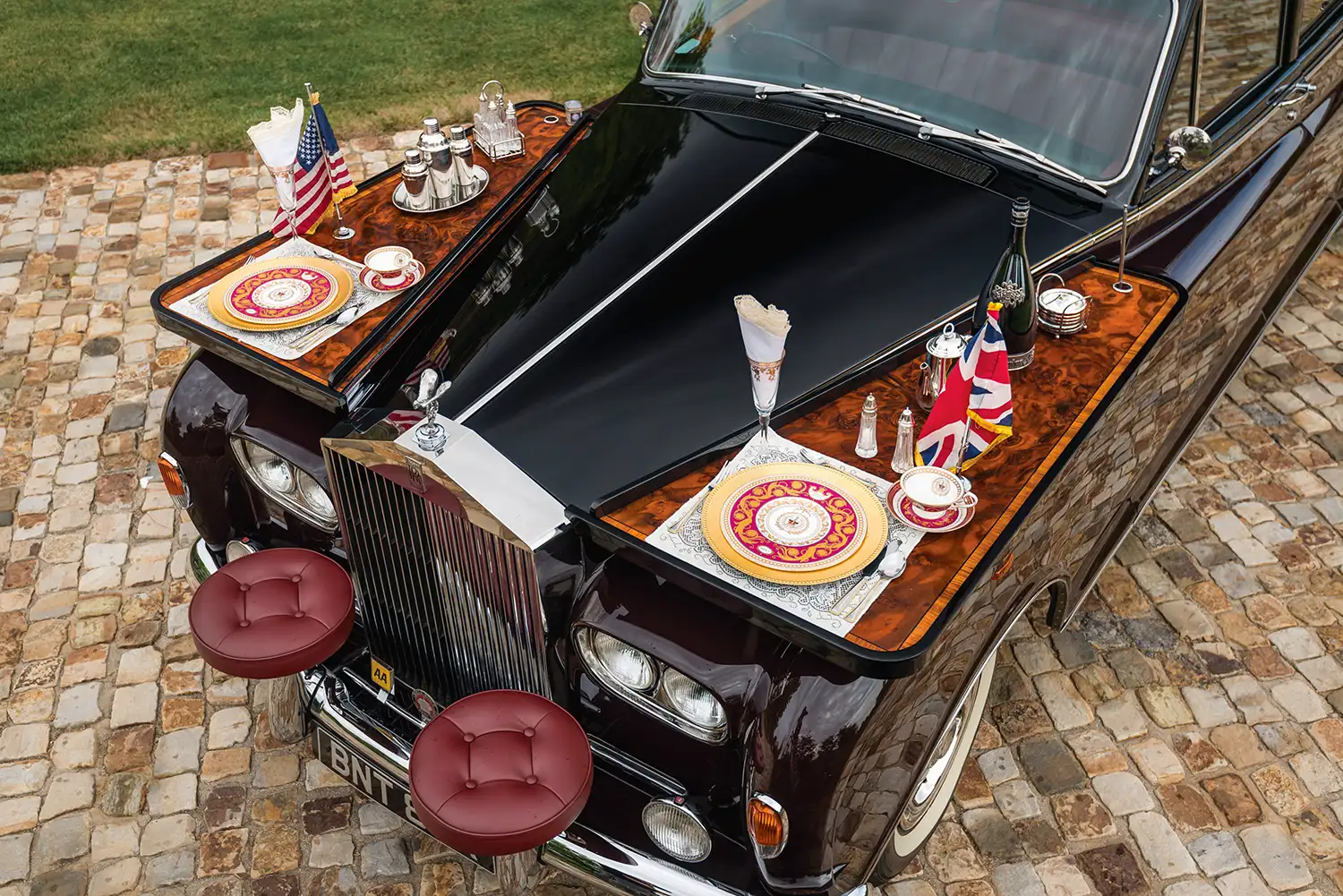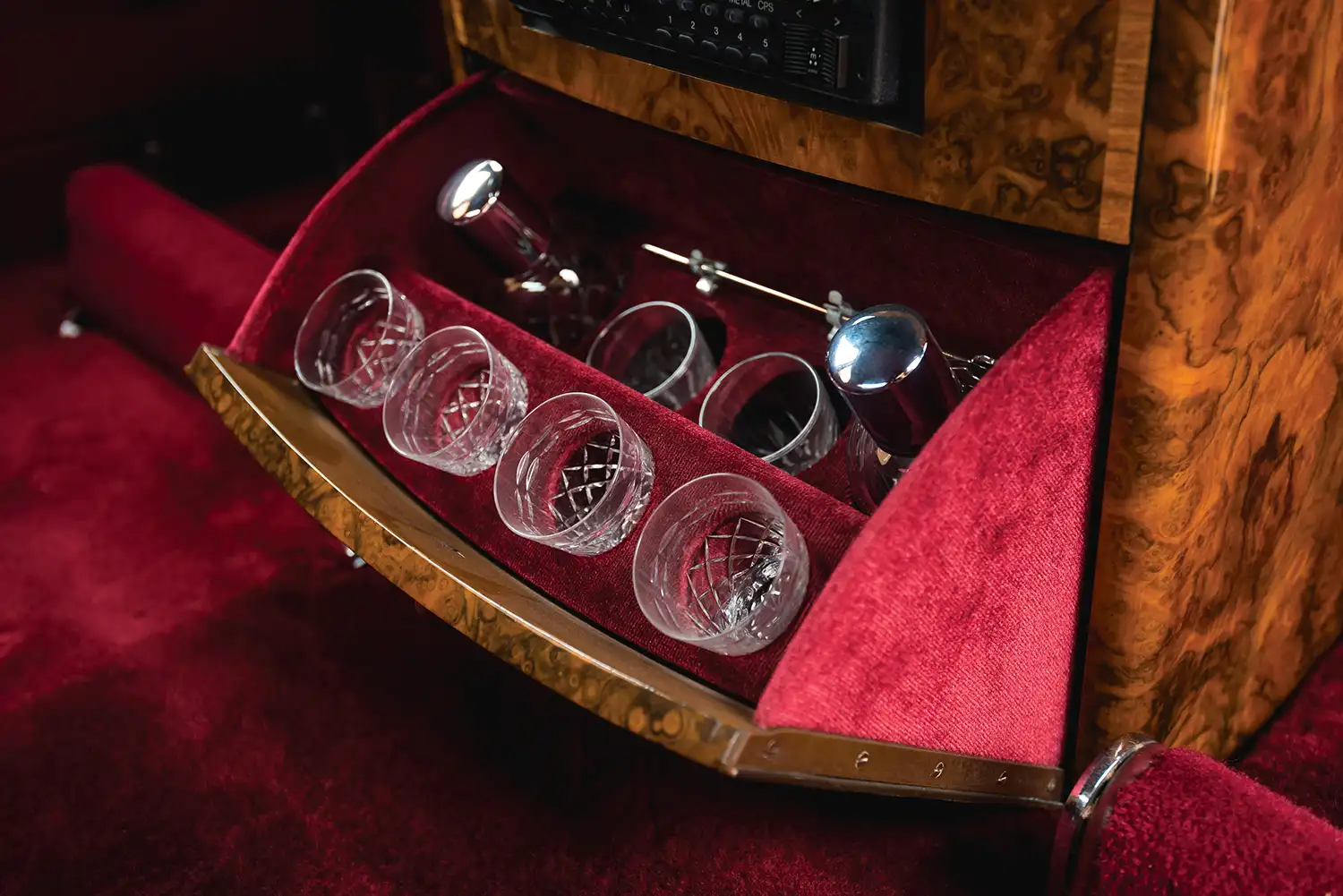
The 1980s marked a turning point for Rolls-Royce, witnessing the end of an era: the rolling chassis. While the marque had begun producing complete monocoque cars, it continued offering rolling chassis for coachbuilt bodies. The Phantom VI, the last of this lineage, stands as a magnificent testament to this tradition. Built between 1968 and 1993, with its heyday in the 1980s, the Phantom VI represents both the culmination and the swan song of classic coachbuilding at Rolls-Royce.
A Legacy of Coachbuilding
Since its inception in 1904, Rolls-Royce provided rolling chassis, allowing clients to commission bespoke bodies from independent coachbuilders. 1 This practice, championed by Sir Henry Royce himself, fostered a tradition of individualized luxury. However, by the time the Phantom VI arrived, the landscape had changed. The once-numerous coachbuilders had consolidated, with H.J. Mulliner Park Ward becoming the in-house and virtually exclusive provider of bodies for the Phantom VI.

he Phantom VI: Evolution and Anachronism
The Phantom VI, a product of continuous refinement and improvement upon its predecessor, the Phantom V, felt like an anachronism even as it debuted. While retaining the classic Rolls-Royce hallmarks, it also reflected the changing times. The car underwent several updates during its production run, including a more powerful 6.75-litre V8 engine, a modern three-speed automatic gearbox, and specially engineered brakes. Safety regulations also necessitated changes like front-hinged doors, burst-proof locks, and a collapsible steering column. The prototype chassis even endured a crash test, passing with flying colors and later serving as a courtesy car.
Bespoke Luxury: From Bulletproof to Royal
The Phantom VI catered to a discerning clientele, offering unparalleled levels of customization. Some were built to withstand attacks, like the seven ‘Special Limousines’ with armored plating and bulletproof glass. Others, like those commissioned for the British Royal Family, showcased the pinnacle of coachbuilding artistry. Queen Elizabeth II’s Phantom VI, codenamed “Oil Barrel,” featured a raised roof and a Perspex cupola for public appearances. Her second Phantom VI, “Lady Norfolk,” had a standard roof . These vehicles, along with those built for Queen Elizabeth The Queen Mother, remain in service with the Royal Mews today.
The End of an Era
The difficulty in sourcing components from the Silver Cloud era eventually brought Phantom VI production to a close. The last client-commissioned example was delivered in 1991, featuring a solid silver fruit bowl secured by magnets. In its 23-year lifespan, only 374 Phantom VIs were built. The very last car, a Landaulette in black over red, was completed in 1993.

A Bridge to the Future
The Phantom VI holds a unique place in Rolls-Royce history. It was the last model with traditional coachbuilt bodywork, representing the zenith of that art. Its purity of line and meticulous detail remained unmatched until Rolls-Royce revived its coachbuilding tradition at Goodwood with the ‘Sweptail’ in 2017, followed by the formal establishment of its Coachbuild department and the unveiling of the ‘Boat Tail’ and ‘Droptail’ in the years that followed. The Phantom VI, therefore, serves as both an end and a beginning, a bridge between the classic coachbuilding era and Rolls-Royce’s modern coachbuilding renaissance.
Summary:
- Last Rolls-Royce model with traditional coachbuilt bodywork.
- Production spanned from 1968 to 1993, with the 1980s as its peak.
- Bodies by H.J. Mulliner Park Ward.
- Notable clients included the British Royal Family.
- Marked the end of the traditional coachbuilding era for Rolls-Royce.
Disclaimer: This information is provided for general knowledge and historical purposes only. While every effort has been made to ensure accuracy, Rolls-Royce Motor Cars’ heritage information is constantly evolving, and some details may be subject to change or correction. This article is not an official publication of Rolls-Royce Motor Cars, and any opinions expressed are those of the author and do not necessarily reflect the views of Rolls-Royce Motor Cars.
Source: Rolls-Royce
This article was crafted with assistance from Gemini
